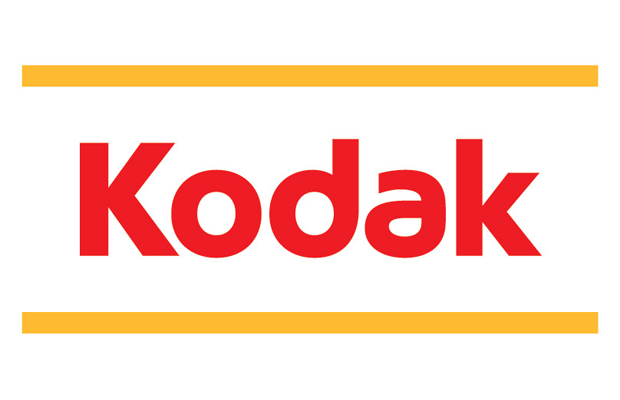Eastman Kodak will file for Chapter 11 bankruptcy protection over coming weeks unless it can sell its collection of digital patents, according to a report.
The Wall Street Journal, citing “people familiar with the matter,” reports Kodak is in talks with lenders about $1 billion in funding that would keep the company afloat during bankruptcy proceedings. The bankruptcy could happen later this month or in February, according to the report.
Kodak reps could not be reached for comment on the report.
Declaring Chapter 11 wouldn’t cause Kodak to shut down. The company would continue to function as it attempted to sell its 1,100 patents through a court-supervised bankruptcy auction, according to the report. Kodak is attempting to sell the patents now to avoid the filing.
Kodak’s fall from grace is a textbook example of a company that anticipated consumer trends but failed to act on them. The company claims to have invented the world’s first digital camera in 1975, but held off for years from entering the market for fear of cannibalizing its lucrative print sales. In the 1980s and 1990s, Kodak was attacked on both fronts as foreign competitors undercut its film prices and others introduced digital cameras, creating a viable alternative to film.
Kodak rebounded in the 2000s by committing itself to becoming a leader in digital cameras — which it did. By 2005, it ranked number one in the U.S. in digital camera sales. But margins on digital cameras weren’t nearly as generous as those for film and Kodak CEO Antonio Perez, who called digital cameras a “crappy business,” attempted to position Kodak as a leader in digital photo sharing and printing, both of which have also proven to be tough segments.
Fittingly enough, as Kodak is said to be pursuing Chapter 11, the digital camera business appears to be suffering the same fate as film: Sales of such cameras fell 17% last year, according to NPD, as consumers found the cameras in their smartphones made a standalone camera unnecessary.







